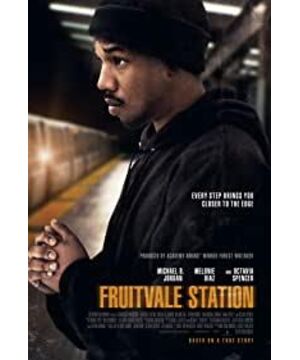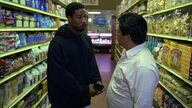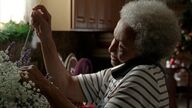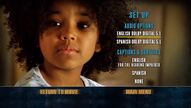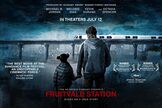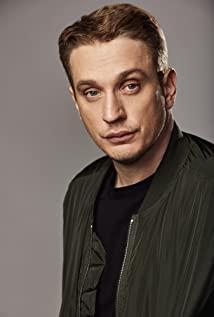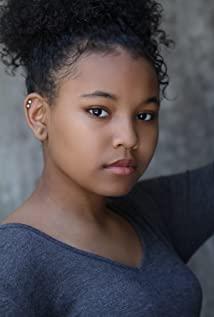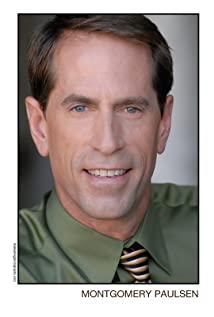Based on real focus events. On the first day of 2009, on New Year’s Eve, the black guy Oscar Grant III was shot and killed by white policeman Johannes Mehserle at the Fruitvale station of the San Francisco Bay Area Rapid Transit (BART). At that time, a fight broke out on the train entering the station. After receiving the report, the BART police rushed to the station and temporarily detained several suspects, including Oscar, on the platform. The official statement is: Oscar was not very cooperative from the beginning. After hearing that he was about to be arrested, he stretched his hand to the waistband; because he did not know whether he was carrying a weapon, Officer Mehserle thought he was going to draw a gun, so he planned to use electric shocks. The tazer subdued him, but he took the pistol by mistake and didn't realize that he had made a big mistake until the shot was fired. Of course there are doubts in this. For example, stun guns and pistols are much different in size and feel, and the possibility of getting them wrong is unlikely. Moreover, whether stun guns should be used in this case is also debatable; the defense's explanation for this is The defendant had just experienced the incident of "a teenager escaping from the police station with a semi-automatic pistol" not long ago. It was in shock. Moreover, he said "I want to electrocute him" several times before firing the shot. It made no sense to deliberately switch to a real gun. Whether it was really drawing the wrong gun has become the key to the characterization of this case, and this unverifiable motive is probably only known to Mehserle. Due to the widespread concern of this case, the case was sent to the Los Angeles court for trial. The judge gave the jury three options: second-degree murder, voluntary manslaughter, and voluntary manslaughter. After two days of deliberation for about six and a half hours, the jury agreed with the argument that the wrong gun was drawn, and it was judged to be manslaughter. This type of murder only requires a sentence of 2-4 years; but (probably out of civilian anger) an additional gun was added. Gun enhancement means that the use of guns in the course of a crime will aggravate the crime, which can be up to ten years. The judge later dismissed the crime of strengthening guns, so Mehserle was actually sentenced to only two years, and his sentence was reduced by about five months because of his earlier sentence. As soon as the judgment came out, public opinion was in an uproar. Many people questioned that there were no blacks in the 12-person jury, and the public regarded the incident as police brutality or police misconduct (police brutality). Misconduct), demonstrations and even riots continue to occur locally. On the other hand, as the defendant, Mehserle's life is not easy. Their entire family, including their parents, was forced to move many times because of death threats.
After the incident, Ryan Coogler, a native of Oakland and a fashionable graduate student at the University of Southern California, immediately thought of making it into a movie. His idea is to show Oscar's life the day before his death, let the audience understand him, walk into his world, and then turn into his fatalistic death, which will have an emotional impact on the audience. His idea won the interest of Oscar actor Forest Whitaker. Whitaker served as the producer of the film; another Oscar actor, Octavia Spencer, later joined in. She not only attracted investment, but also did not get paid in this film. Acting as a supporting role in the movie (a visit in prison, the aunt's muscle twitches two times can immediately burst into tears!). It is with the efforts of this group of black cast and crew members that this plain and touching screen masterpiece that points to racial discrimination is produced.
When the shooting occurred, many people on the train recorded the whole process with their mobile phones; these videos were later put on TV and the Internet, which became evidence on the one hand and greatly expanded the influence of the case on the other. At the beginning of the film, a real video is used, which not only uses flashback to explain the background, but also allows viewers who have forgotten about the case to retrieve some memories through these widely disseminated videos (mobile phones also appear in this film many times. I don’t know if there is a tribute.) The main part of the film is Oscar’s life from morning to night on the last day. He interacts with his girlfriend, daughter, mother, friend, passerby, dog, etc., and there are real things (for example, that day was indeed his mother’s birthday, and he did buy He went home to celebrate with a crab), artistic processing (such as calling his grandmother to help passers-by to ask how to cook), and fabricated (such as the scene where the dog was killed); there was also a flashback from the previous jail time inserted, showing that he has been in prison. , But the nature is not bad, now the prodigal son looks back, just want to be a new man. Oscar and his group got on the train at the 58th minute of the film. They were caught off the train at 1 hour and 1 minute. They were shot at 1 hour and 4 minutes and sent to the hospital at 1 hour and 9 minutes. So the whole process of the incident is equal to that. Only 11 minutes to restore. Although the audience knew what was going to happen, everything came too suddenly, which is probably the true feeling at the time-that shot really surprised everyone. The director did not ask the shooter to say "I want to shock him" lines, probably because he was afraid of causing confusion to the audience, but in this way it seemed that the shooting was intentional. Oscar actually said the real last words: "I have a daughter", and earn more sympathy points; considering the good people and good deeds he has done in the previous 50 minutes and the excellent qualities he has shown, the director's position is still very clear. Yes, some people say that the film is neutral and objective, I might not agree with it. At the end of the film, it took nearly ten minutes to express the grief and strength of Oscar’s mother and girlfriend. Once the story ends (if the shooting ends, the film will stop abruptly, it feels weird), and second The family members of the victims who were very supportive of the filming of this film expressed their concern, and for the third time, Octavia Spencer, who was still in the mood for the past three years, was able to cry again. At the end of the film, in addition to the necessary subtitles explaining the ending of the event, there is also a video of people gathering at Fruitwell Station on New Year's Day in 2013 (4 years after the event) (which is another topic) to express commemoration and support. In reality, Oscar's daughter has a 20-second shot.
This film is the first feature film written and directed by Ryan Coogler. With a good selection of themes, the presence of Bole, coupled with good control ability, it was able to make a blockbuster, and also won a new director award in Cannes. Leading actor Michael B. Jordan has the same name and surname as the flying man Jordan. He did play basketball for a period of time in high school, and later joined the showbiz as a model. Both are less than 30 years old this year, and they have a terrifying future. Together, they were selected into the list of "Young People Under 30 Who May Change the World in the Future" by Time Magazine.
After the Sundance Film Festival premiered, the discerning Weinstein Company used two million to bid for the distribution rights of the film (the shooting budget was less than one million). The return on this investment is a worldwide box office of 17 million.
View more about Fruitvale Station reviews


